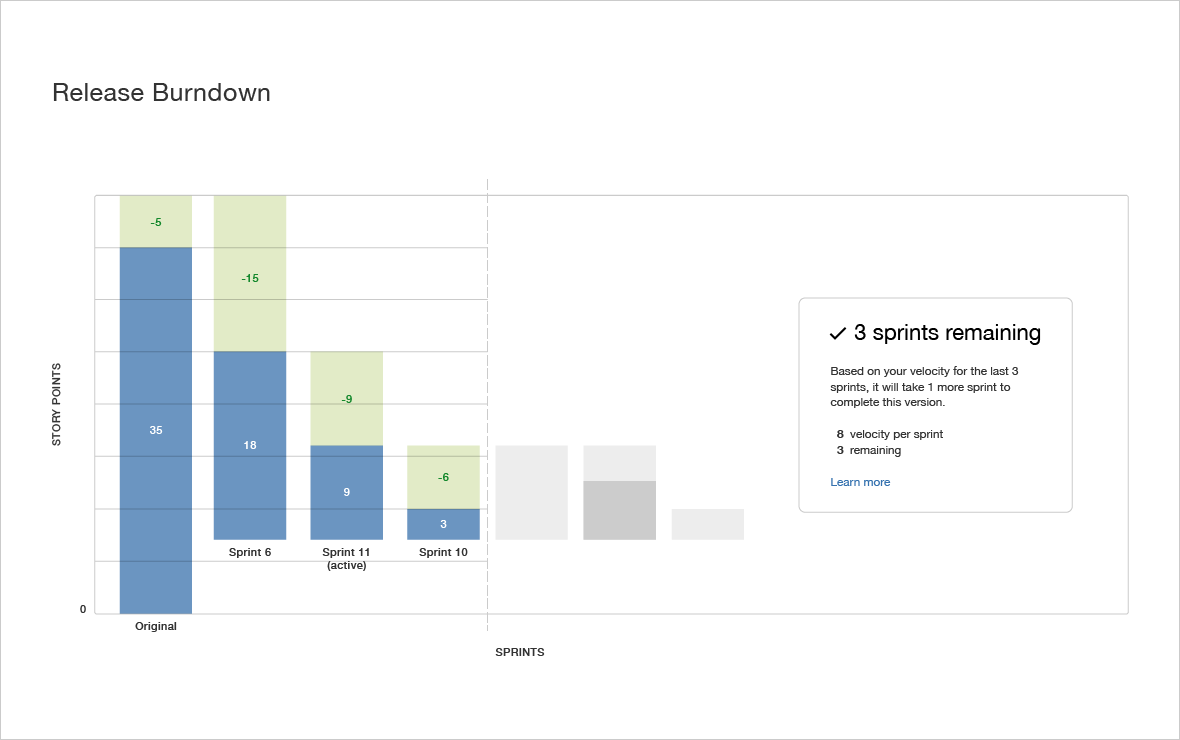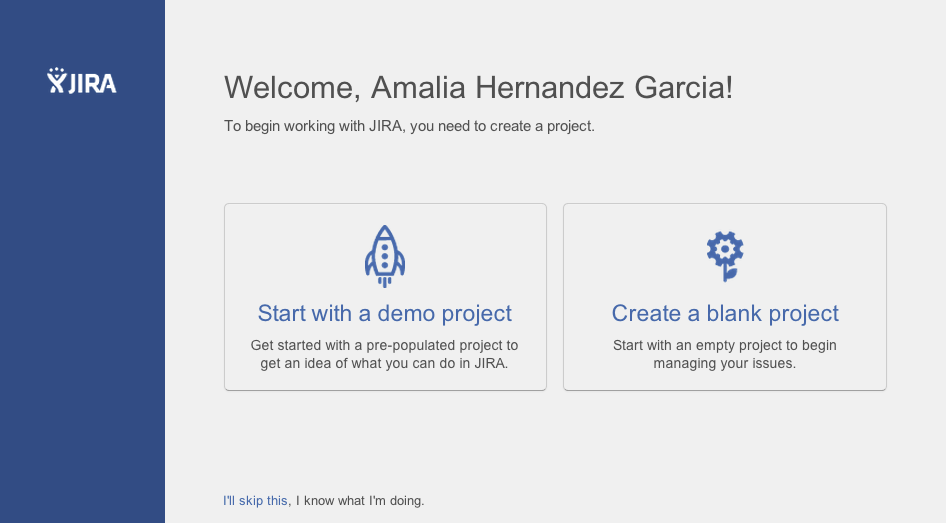

#JIRA CLIENT LINUX INSTALL#
sudo for the installer to be available When you install Jira as a service you need to install the installer with sudo. Create a file in/etc/logrotate.d/ directory, where the custom logrotate files are stored, and give it any name (for example nf), before pasting the below contents into it. Does Jira Work On Linux Because Jira is run on a service basis, Linux starts automatically the service when it starts. Now we can configure log rotation to rotate the Catalina.out (the tomcat log in the installation directory) so that JIRA does not rotate- log file when it reaches a certain size (or after a certain number of days).

This will get rid of the majority of console logging into atlassian-jira.log, which will significantly reduce the amount of logging and log file size.Ĥ. Sed -i 's/, console,/,/g' log4j.propertiesģ. Navigate to log4j.properties in /atlassian-jira/WEB-INF/classes/log4j.properties.Since JIRA writes its logs to the logs in the home directory, we can stop JIRA from writing console logs to atlassian-jira.log by removing the log-specific information from there, and then configuring logrotate on catalina.out. Method 1: limiting the console logging and Logrotate: We can do this by configuring what JIRA logs and by setting up Logrotate, the default application used to rotate log files by Linux.

#JIRA CLIENT LINUX OFFLINE#
It’s a pain to keep cleaning these log files and to look after what’s eating up space on your servers, so before you stress out, let’s look at how we can limit those panic attacks by rotating our log s. JIRA Client is described as desktop application for day-to-day work with JIRA issues.It helps you quickly navigate and drill down into issues, schedule tasks and triage problems with drag-and-drop, accurately track time, work when you are offline and is an app in the development category. In large JIRA instances, these files can grow in size to a level where they halt performance of the server due to disk space issues. JIRA writes logs into two locations: one is the JIRA home directory, which is rotated at 20MB in the same location, and the second is tomcat log files, which are in JIRA’s installation directory and are not rotated automatically. So let’s get started, shall we? Log rotation This involves looking after logs which can grow substantially, keeping dev, test and production environments and moving data and configuration between them in an organised manner with failover. In this article, we’ll be discussing and going through some tips for JIRA sysadmins that can help keep your Atlassian applications healthy, clean and in sync.


 0 kommentar(er)
0 kommentar(er)
